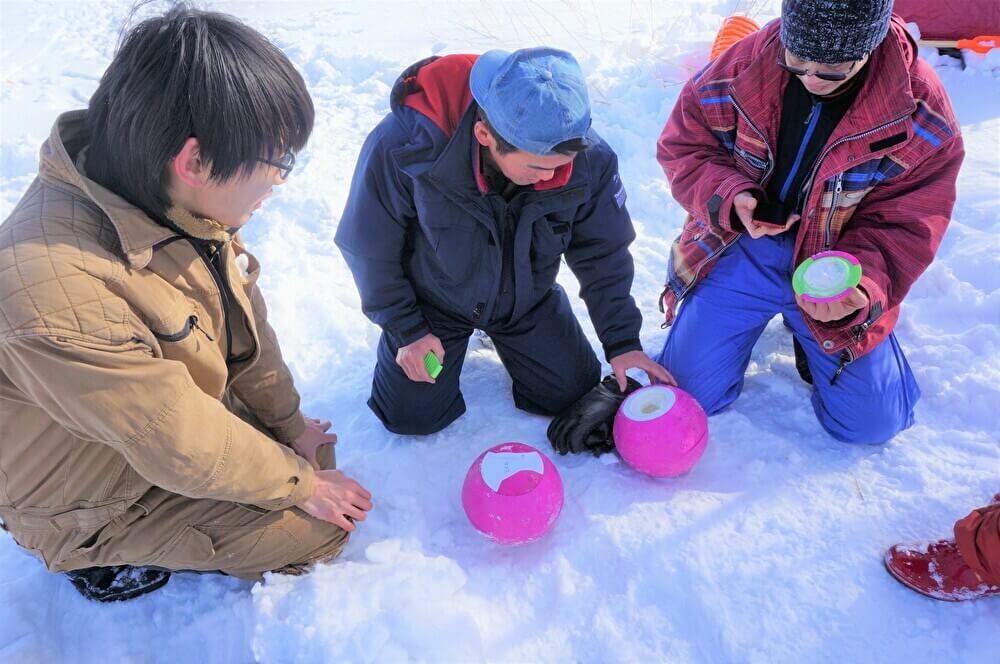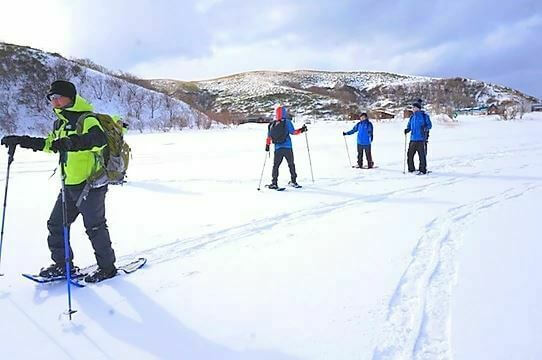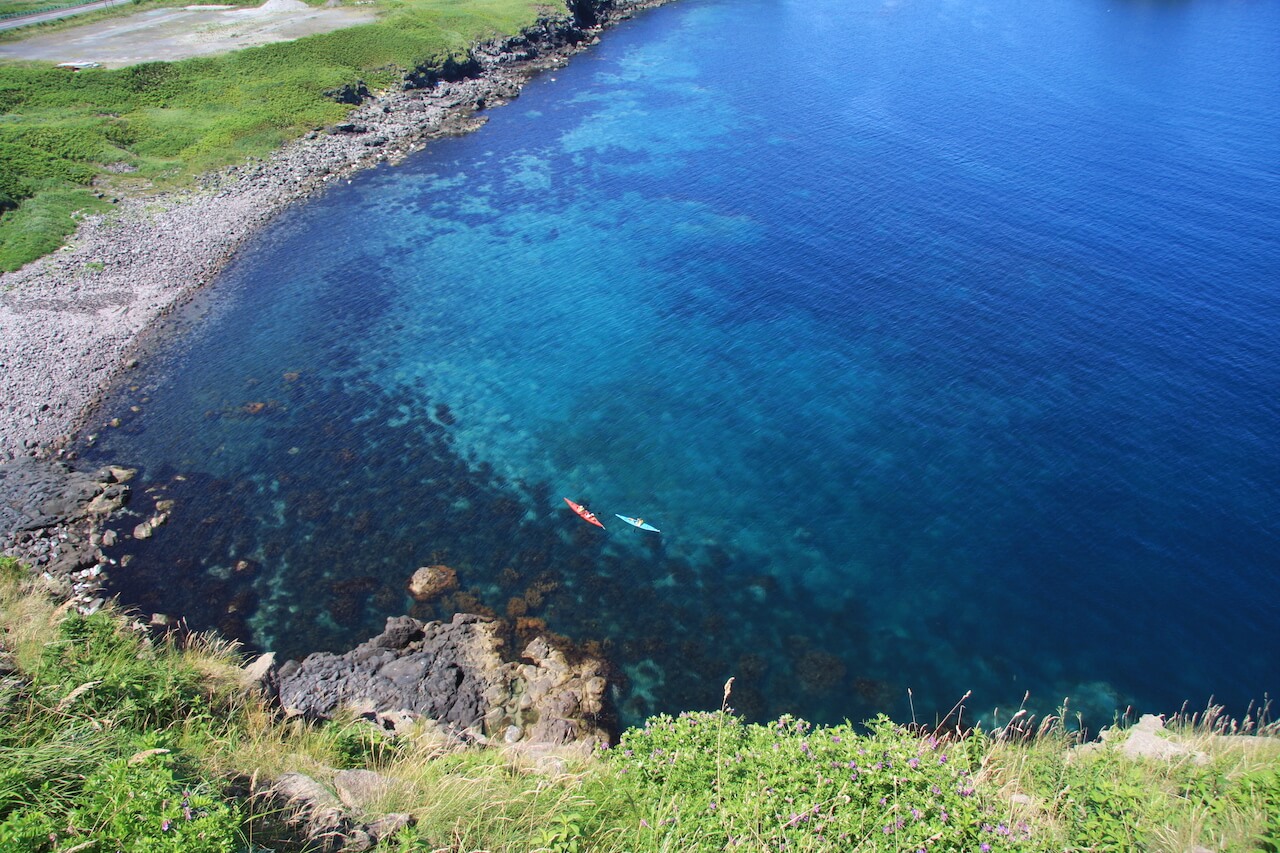
Rishiri-Rebun-Sarobetsu National Park is Japan’s northernmost national park. Each area has its incredible natural features, from mountains to wetlands to dunes. Rishiri Island is home to Mt. Rishiri, known as Rishiri-Fuji for its resemblance to Mt. Fuji, while over 300 species of alpine vegetation can be found on Rebun Island. Trekking through alpine flowers which can rarely be seen at such low altitudes is a wonderful mood booster.
When in the vicinity of Wakkanai, Hokkaido’s northernmost city, the remote islands of Rishiri and Rebun—abounding with untouched nature—are definitely worth a visit. Rising up in the center of Rishiri Island is a beautiful mountain that looks just like Mount Fuji, where one can enjoy hiking in the summer and backcountry exploration in the winter. As for Rebun Island, come May, a variety of flowers begin to bloom, offering the island its nickname, the “Floating Island of Flowers.” In winter, visitors can walk across a frozen lake surface, and the island can be enjoyed to its fullest by both novice and veteran alike.
From Wakkanai Airport, it’s just a 30-minute bus ride to Wakkanai Port, and from there, the islands can be accessed by ferry—it takes about two hours to get to Kafuka Port on Rebun Island, and one hour 40 minutes to get to Oshidomari Port on Rishiri Island. The island ports also have links to one another. Departure times and the number of ferries per day change depending on the season, so make sure to check the official website when making plans to visit. The islands are chilly throughout the year, especially in January and February, when temperatures reach minus 10 degrees Celsius or less. Proper cold-weather paraphernalia such as down jackets, mufflers, and snowshoes are required. With temperatures sometimes dropping in the summer too, it is recommended that you bring a light jacket.
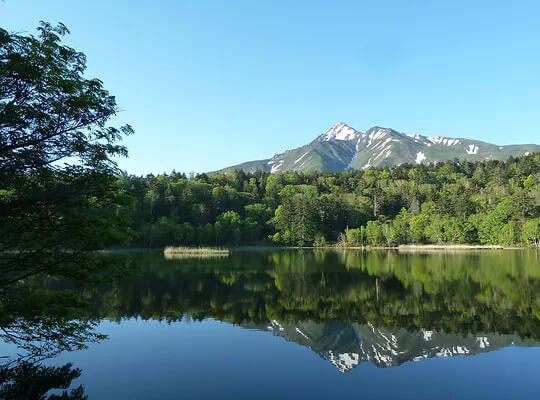
Rishiri Rebun Guide Net.
Surrounded by virgin forest, Himenuma Pond lies at the foot of Mount Rishiri—a mountain also known as “Rishiri Fuji.” Taking you along a path with a circumference of about 800 meters, a one-hour hiking tour offers scenery that changes with the season, such as residual snow, fresh greenery, flowers, and autumn leaves. When the weather is nice, you may encounter the phenomenon of mountains that appear upside down on the surface of the water, a spectacular view of an “upside-down Fuji.” The tour is in operation from mid-May to late September. Since there is almost no difference in altitude, anyone can easily participate. Come wearing comfortable clothes and shoes.
5 Oshidomari Fujino,Rishirifuji-cho, Rishiri-gun, Hokkaido
https://www.rirenet.com/himenuma
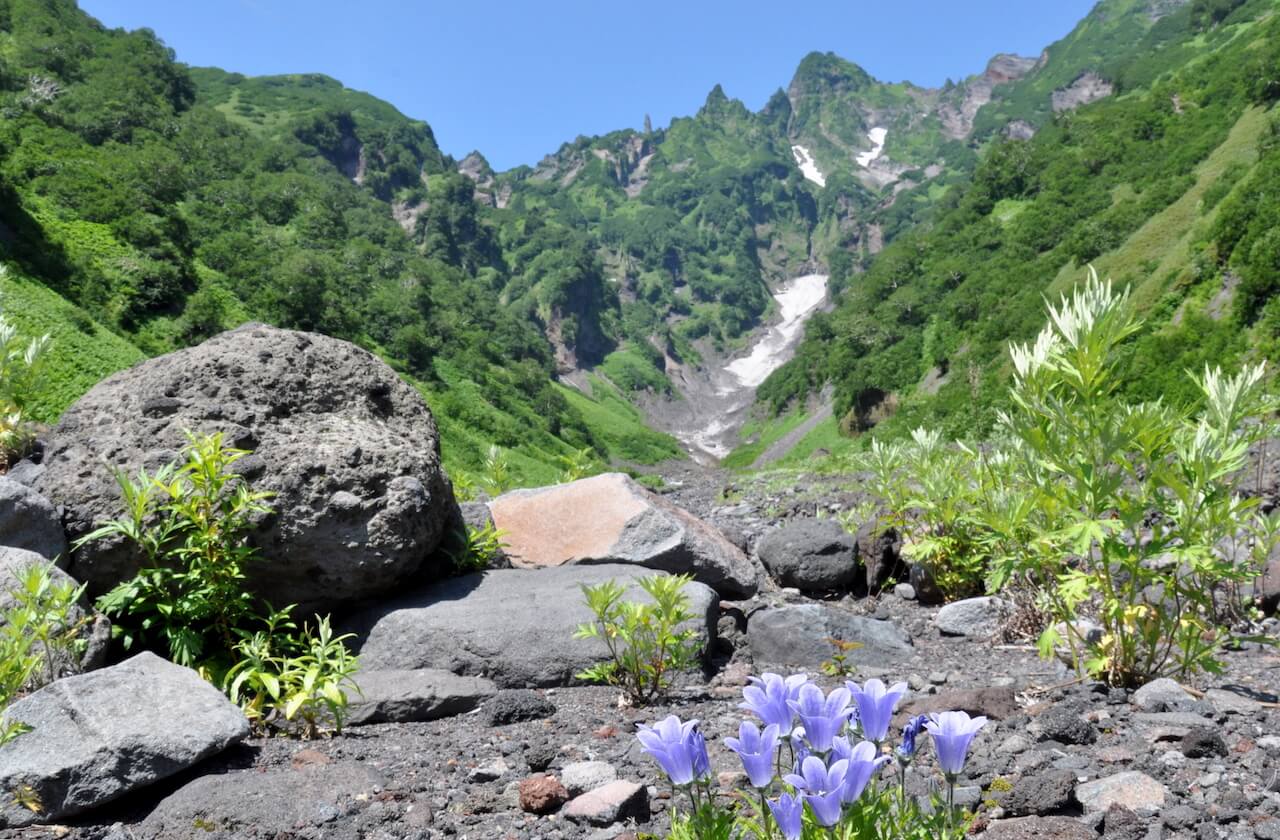
Rishiri Hana Guide Club
The “2-4 hour half-day plan” allows tour participants to freely arrange the destination and content of their tour, but it should be noted that the picturesque spot, Yamunai Valley, is definitely worth visiting. “Yamunai” is an Ainu (indigenous people of Hokkaido) word meaning “cold river.” From June to September, you can observe a magnificent view of steep rock surfaces and perpetual snow that never melts, even in summer. Depending on the amount of snow remaining, a visit may not always be possible; however, in that case, you can enjoy other spots recommended by guides (such as trekking to Mount Pon and tasting Kanro Sensui—the sweet, mild spring water that can be found along the mountain). It is also possible to request your own desired destination. At Yamunai Valley, after traveling 500 meters by car, you will have a steep walk on a mountain road for 40 to 50 minutes, so be sure to wear clothes and shoes that are suitable for mountain climbing.
35-3 Oshidomari Fujino, Rishifuri-cho, Rishiri-gun, Hokkaido
Rishiri Hana Guide Club
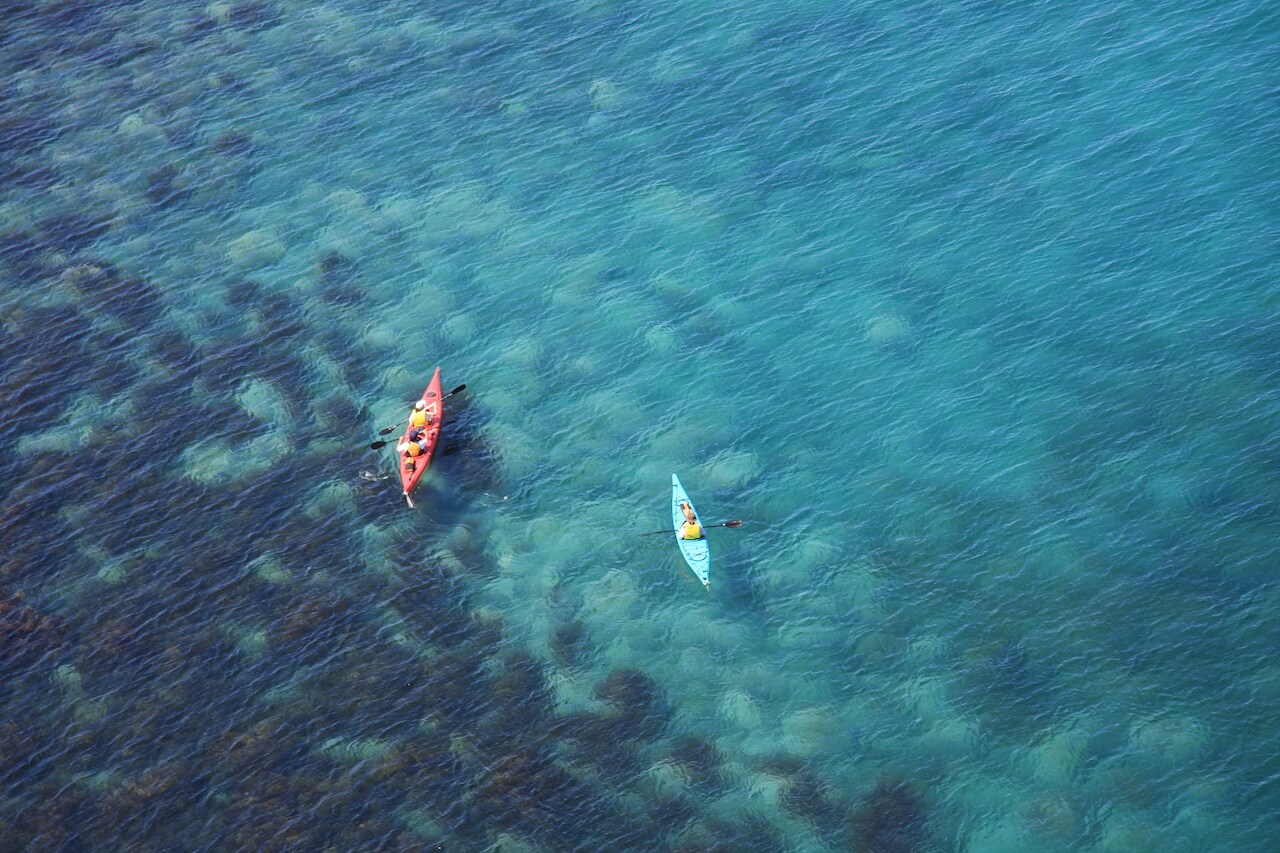
Rishiri Nature Guide Service
A popular tour called “Rishiri Blue” takes you on a leisurely cruise by kayak through the clear and beautiful sea. With the knowledge that the guide will offer advice on how to row, even beginners can participate with peace of mind. The turquoise of the water could easily trick you into thinking you were on a tropical island in the south of Japan. What is more, with the sea being so clear, from your position in the kayak you can see with the naked eye sea urchins and seaweed close to the surface of the water. The chance to encounter wild animals such as seals and sea lions is another charm of these northern lands. The tour is in operation from July to September.
Maruzen Pension Rera Mosir, 227-5 Sakaemachi, Oshidomari, Rishifuri-cho, Rishiri-gun, Hokkaido
http://www.maruzen.com/tic/guide/skrishiri.html
Rishiri Shima Guide Center
Otatomari Pond is one of the most popular tourist spots on Rishiri Island. With a stunning blue surface in the warmer months, the way to enjoy the lake in winter (mid-January to late March) is to take part in a walking tour across the frozen surface of the lake. After crossing Otatomari in snowshoes, visit the neighboring Mikazukinuma Pond, a spectacle that can only be seen by foot, and only in winter. After a good morning hike under a cold winter sky, explore the rest of the island, and finally soak in a hot spring. If you want to enjoy these activities safely, don’t forget to take adequate measures against the cold.
85 Oshidomari, Minatomachi, Rishifuri-cho, Rishiri-gun, Hokkaido
https://www.rishiri-shimaguide.com/blank-6
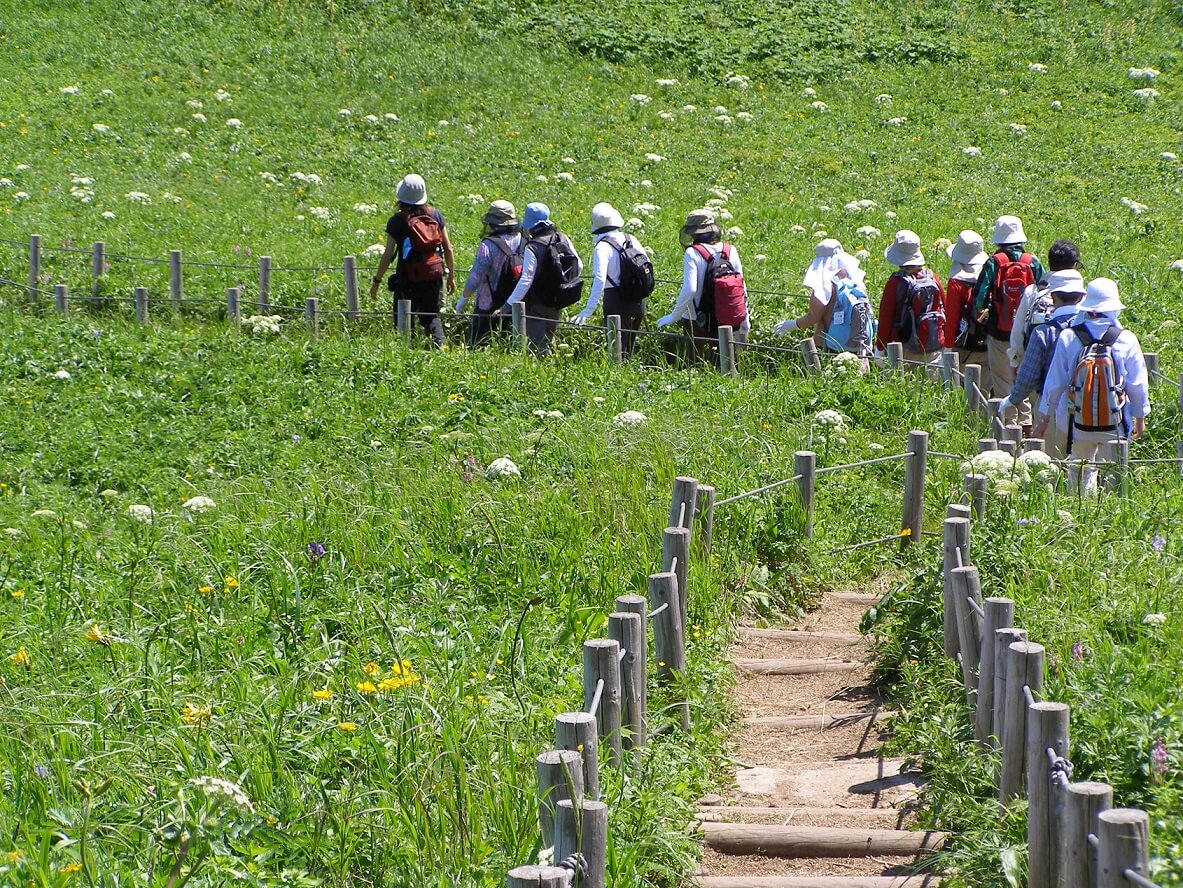
Rebun Hana Guide Club
During the brief summer, from May to September, Rebun Island is awash with approximately 300 different kinds of flowers. Famous among them is the beautiful white indigenous species, the Rebun lady’s slipper orchid. From early July to early September, the company’s mixed group guide will take you to the flower garden that will offer the best views based on the weather and the flowering conditions. One such destination, Momoiwa Observatory, is a beautiful spot with a panoramic view of Mount Rishiri, surrounded 360 degrees by the Sea of Japan. This is a great plan that offers a spectacular view in conjunction with the flower garden. The tour fee includes the rental of a magnifying glass and audio guide.
1-10 Kafuka, Shakuninjichi, Rebun-cho, Hokkaido
https://www.hanaguideclub.com/guidefee
Rebun Island Nature Guide
In the private tour, “Winter Guide Recommended Course”, from December 20th to March 31st, you can enjoy the charm of Rebun Island in winter. Participants wear snowshoes that can be borrowed for free and take a leisurely stroll through the snowfields and forests that shine in silver. You can also experience making ice cream outdoors and watching Steller’s sea eagles and white-tailed eagles. If you’re lucky, you may even come across a spotted seal. Even those who don’t understand Japanese can rest assured when using the tour’s handy translation device. Wear skiing clothes (gloves, hats, goggles, etc.) to properly protect yourself from the cold.
304-1 Woshonnnai, Funadomarimura, Rebun-cho, Rebun-gun, Hokkaido
https://www.rebunguide.com/blank-42
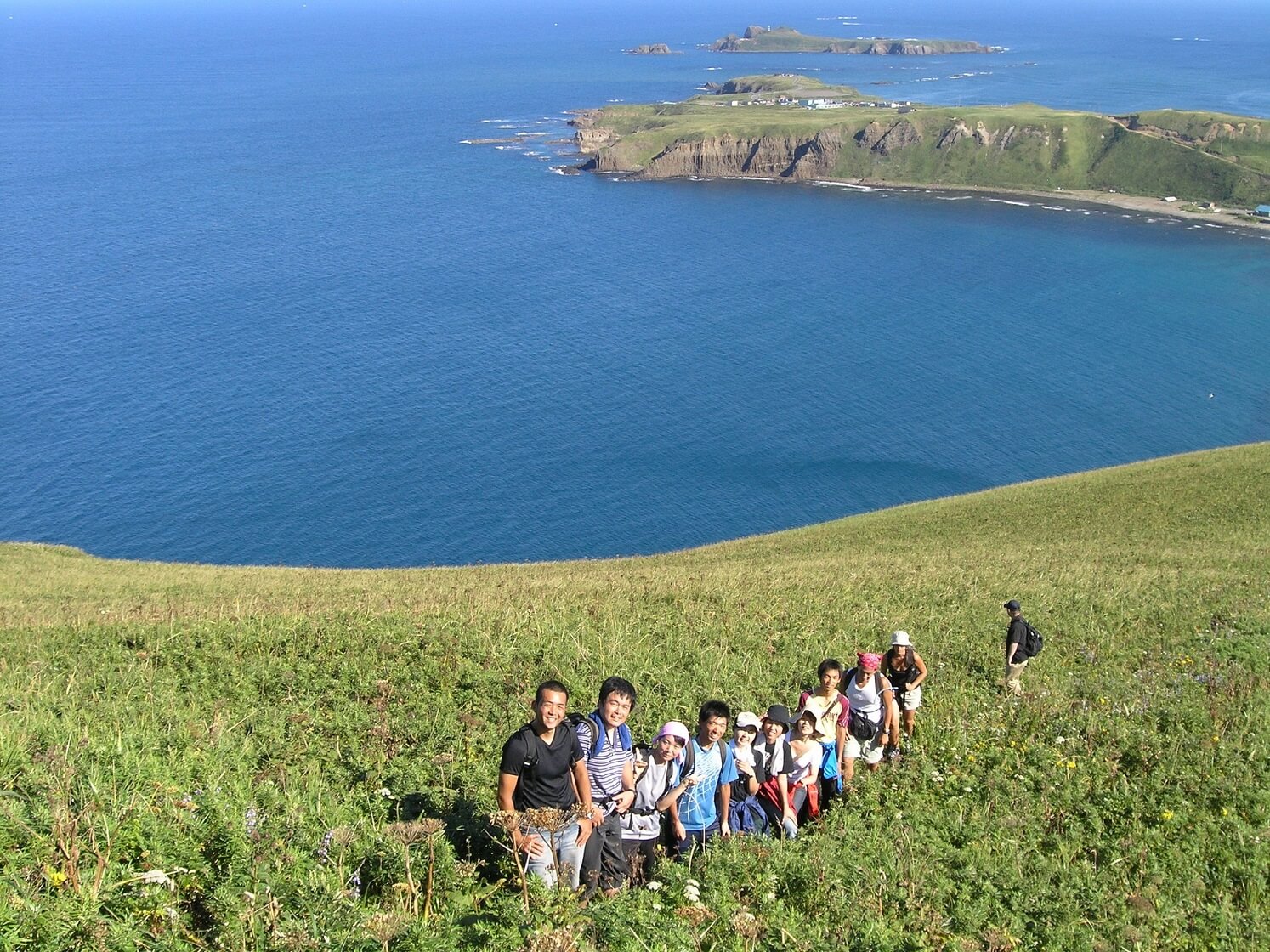
Rebun Guide Service
The three major capes on Rebun Island are Cape Skoton—the northernmost point in Japan—Cape Gorota—which can only be reached on foot—and Cape Sukai—which overlooks the cobalt blue sea. To trek through this treasure trove of spectacular scenery while observing from the pathway flowers that can only be seen on Rebun, such as the Geranium erianthum and Rebun Shiogama, take the “Cape-hopping Guide” course. The course takes about four hours, with some slight ups and downs, so it’s best to participate with trekking shoes that you are comfortable in. At the end of the tour, your guide will happily take you to a hot spring.
958-22 Kafukamura, Rebun-cho, Rebun-gun, Hokkaido
Rebun Guide Service


